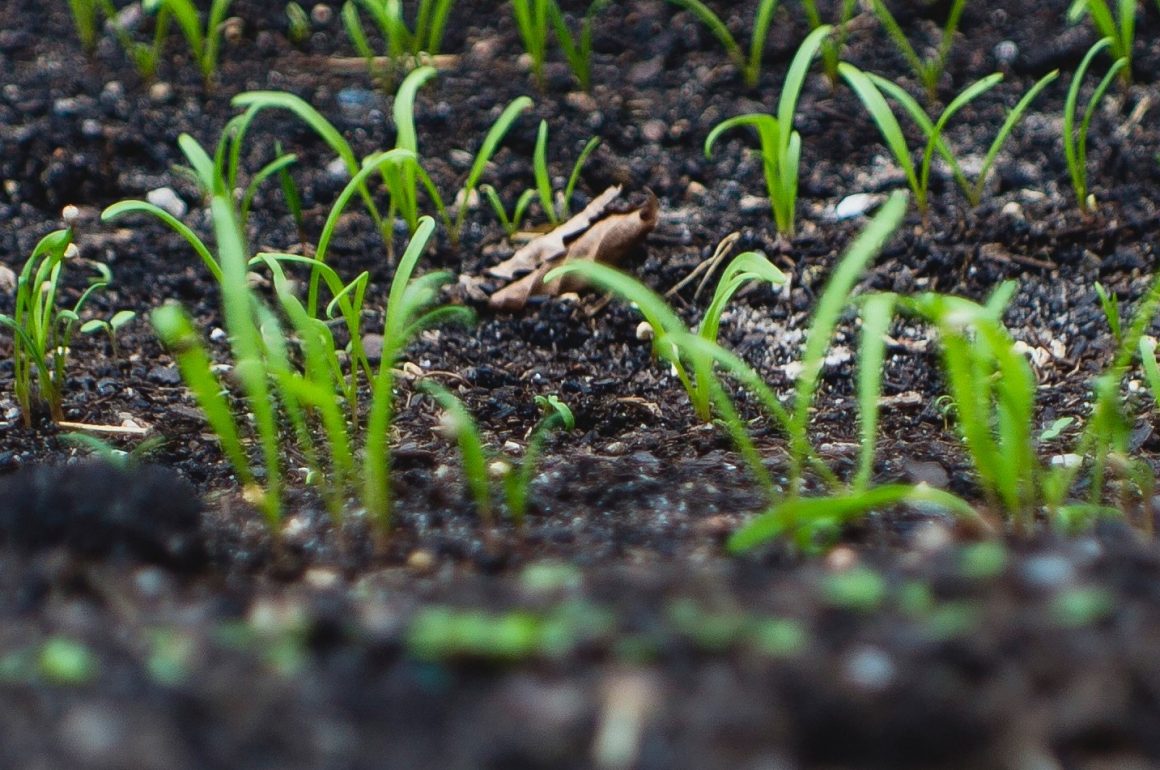
Did you know that you can forecast rain by looking at daisies? If their blossoms close during the day, it means rain is on its way. (Their blossoms always close for the night, so this works only during the daytime.)
Did you know that lettuce plants that offer deliciously crisp leaves in springtime turn bitter in the heat of summer? When it gets too hot, the plants “bolt”: they send up a thick stalk that produces flowers and seeds. At that point, the leaves do not taste nearly as good as before.
I learned the first of these facts from a book. I learned the second from observing my own garden. Peter Wohlleben, author of The Weather Detective—the source of the first fact—is a German forester with a passion for flora, fauna, and the earth that shines through his book. Wohllenben wrote the book, he says, to inspire others to learn about nature through observation. Though The Weather Detective offers many interesting facts, its author believes we should make time to step away from books and venture outdoors, as one of the joys of life is discovering nature’s secrets for yourself:
“How wonderful it is to experience things consciously that you had until now passed by obliviously.”
One source of frustration I had in reading the book was that many of the facts he presents are specific to Germany and Europe, and I was often unsure which were applicable to my area (the mid-Atlantic region of North America). On the other hand, this gives me precisely the opportunity that he suggests I take—the chance to go outside and discover truths about my own garden and local natural areas through personal observation.
One set of facts in the book that is applicable to anywhere on the planet is Wohlleben’s discussion of the dirt or earth in which plants grow. This is a bit complicated, so bear with us:
Over long periods of time, weathering causes rocks to disintegrate. Disintegrated rocks can be classified into three types. There is “sand, with large grains, silt, which is finer, and clay, which is finer yet. . . . A combination of all three types is called loam. This ideal soil mix retains water and nutrients, it is well-aerated, and, as long as there is sufficient humus, it makes for fertile growing conditions.”
Okay, so what is humus? He explains that this is organic matter, made up of dead plants or animals or their leaves or fruit or excrement, that has been processed (eaten and excreted) by soil organisms such as fungi and bacteria. Humus is brownish-black in color.
To sum this up—loam, which is broken-down rocks of different sizes, plus humus, which is processed organic matter, equals a fertile home for plant roots.
I didn’t know that before. Did you?




And then there is peat, which is also full of organic matter. Though I think it’s more acidic than loam. So much to know!
Ahh, another soil vocabulary word! Thanks for the addition. 🙂
I learned about weathering or erosion when I was in the sixth grade, but overall this article is educational. Must be fun to have a garden to obverse what you’re reading for yourself!😉
I must have missed this unit in school … 😉
Thanks for the blog topic. Did you know that Wisconsin has mostly silt-loam soil? That’s why WI is such a good place to grow things like plants. How I know this is because I studied soil science at UW-Madison.
Hey, that’s cool. Seems like there’s a lot of clay in the soil around here. Wisconsin did seem to have nice soil, as far as I could tell when I was living there.
Yes, Maryland’s soil is mostly clay especially in the built-up areas.